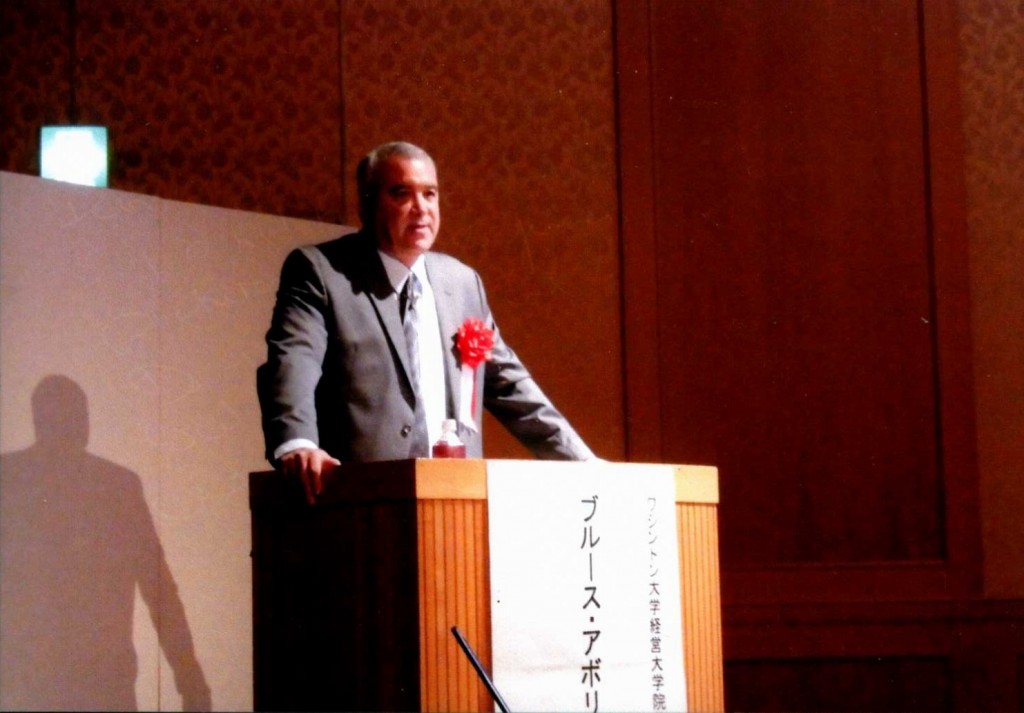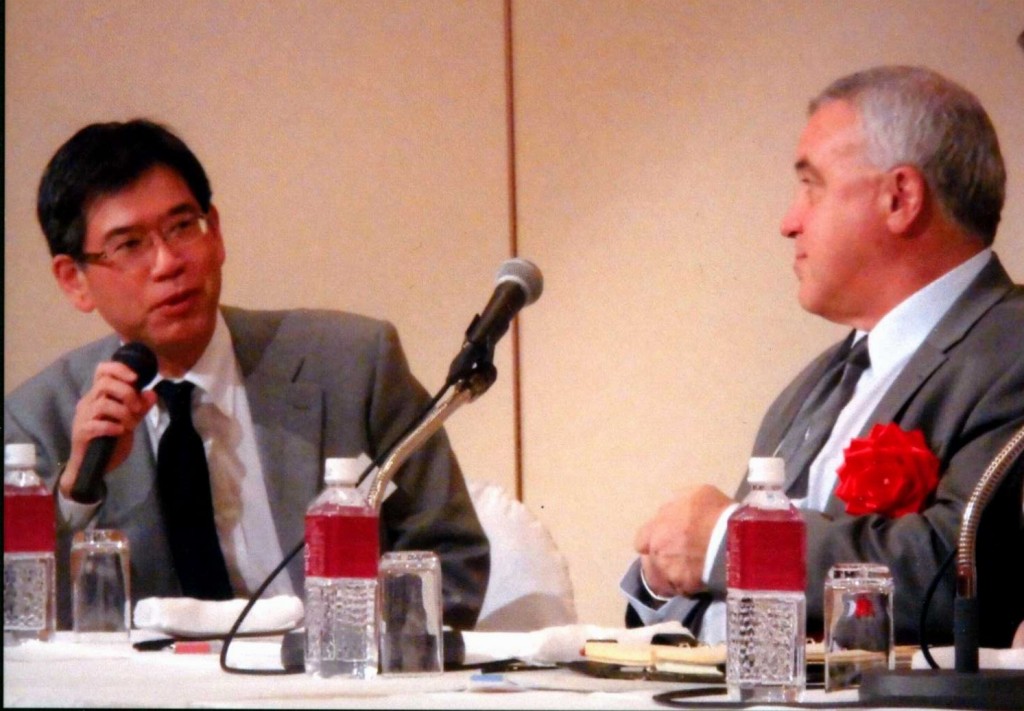Reflections on the Japanese healthcare system
This post was written by Management Professor and Center for Leadership & Strategic Thinking Executive Director Bruce Avolio.
 My trip to Japan this past week, brought me first to Kyoto, then to Osaka and Tokyo. Kyoto is the City of Temples and Shrines, over a thousand, much of which are all in wonderful condition. The purpose of my trip, was to do a keynote presentation to senior Japanese leaders in the healthcare field, on the transformation that is underway in healthcare around the globe. I also conducted a day-long workshop for middle to senior leaders in the healthcare industry, more focused on advancing leadership development in individuals, teams and organizations.
My trip to Japan this past week, brought me first to Kyoto, then to Osaka and Tokyo. Kyoto is the City of Temples and Shrines, over a thousand, much of which are all in wonderful condition. The purpose of my trip, was to do a keynote presentation to senior Japanese leaders in the healthcare field, on the transformation that is underway in healthcare around the globe. I also conducted a day-long workshop for middle to senior leaders in the healthcare industry, more focused on advancing leadership development in individuals, teams and organizations.
If you have never been to Japan, go! The Japanese are perhaps the best hosts on earth. They delight in making things easy for you and showing you their country.
Intermingled among the work related events, we had opportunities to visit very interesting shrines where Shoguns sat in court governing regions of the nation back in the mid 1800s. We learned about their culture and styles of leadership. One style that was very disconcerting to me, as I am always late to everything, was that if you were late to a meeting with the Shogun, by a minute, and that was after traveling months to get there, it was time to say goodbye to your comrades. There were very strict codes of behavior in terms of who sat where in meeting the Shoguns, and even more strict
when meeting the Emperor.
In advance of my trip, I read up a lot on the Japanese healthcare system. Like most modern systems, it was based on Bismarck’s model in Germany of a more centrally controlled system. But unlike say Canada and the U.K., the primary involvement from government is in setting prices for everything from 4 stitches to an MRI. The costs are kept very low, such as $105 for a night in a hospital, any hospital.
 In the USA, that would be comparable to a hotel on the freeway for one night, certainly not our top hospitals, where rooms run into the thousands per night. The rigid cost structure is transparent, and everyone has to follow it, no exceptions. So, it is hard to run a healthcare business in Japan and be profitable, but everyone is covered, and the quality of care is good, based on Japan having the highest life expectancy rate, and lowest infant mortality rate in the world among other statistics. The Japanese can get into see their doctors usually in a day or two, and that can include top specialists. Japanese typically go to their physicians regularly resulting in better preventative care. And there are few if any lawsuits, and no one goes bankrupt in Japan due to medical bills.
In the USA, that would be comparable to a hotel on the freeway for one night, certainly not our top hospitals, where rooms run into the thousands per night. The rigid cost structure is transparent, and everyone has to follow it, no exceptions. So, it is hard to run a healthcare business in Japan and be profitable, but everyone is covered, and the quality of care is good, based on Japan having the highest life expectancy rate, and lowest infant mortality rate in the world among other statistics. The Japanese can get into see their doctors usually in a day or two, and that can include top specialists. Japanese typically go to their physicians regularly resulting in better preventative care. And there are few if any lawsuits, and no one goes bankrupt in Japan due to medical bills.
Yet, all is not perfect of course. The system is struggling financially with low costs and an increasingly older population. Moreover, while I was in Japan, there was a series of stories of a surgeon who had killed a number of patients over a several year time span, and it appeared many knew he was incompetent, but challenging a senior physician is difficult to do in a culture like Japan. One article termed it a problem with leadership, that should have intervened to stop this surgeon. I would add a problem with organizational culture, not unlike we see in the US in terms of similar incidents.
In the end, we started some potential fruitful relationships between our school and the healthcare leaders in Japan, and going back to Japan in the near future, seems like a great possibility. Between the hospitality, food and beautiful cities and countryside, it seems like a great place to strike up a collaboration.
